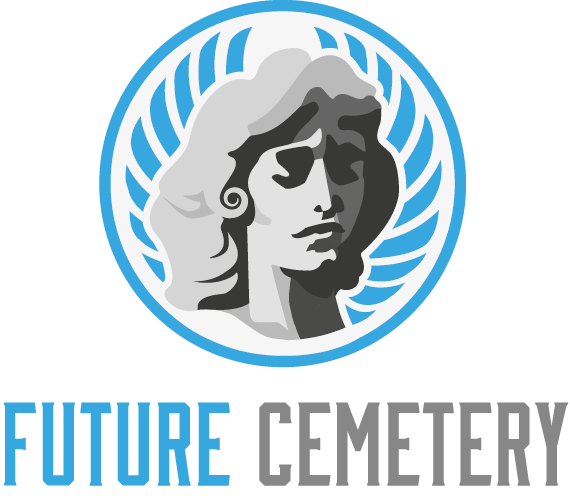A building or structure used for entombment of human remains.
A mortuary differs from a funeral home in that funeral homes typically have chapels, viewing rooms and casket display areas while mortuaries focus on mortuary science and on-site cremation. There are also some differences in services offered. See below for a breakdown.
Preparation of the Body
The loss of a loved one is a difficult time, especially when the body must be cared for. It is important to understand the options for body handling and preparation in order to make informed decisions about your loved one’s funeral and final resting place.
After death, the person’s family or friends will often hire a mortuary to handle the next steps, which can include arranging services, embalming (to reduce bacteria and slow organic decomposition), or preparation for body donation or green burials. The funeral home or cremation provider will usually transport the body to their facility, where they will keep it refrigerated until needed.
A small number of cultures and individuals prefer to avoid embalming, as they feel it is unnatural to interfere with the natural process of decomposition. Dry ice is another option that can be used to preserve the body for short periods of time, though it may not be suitable for viewing.
Burial
The burial process involves placing the deceased’s body in a grave or tomb. It may be subject to cultural practices, laws, or religious beliefs that affect whether a body is buried or cremated, where it is buried, and how elaborate the burial site is. Geography and topography may affect how deep a grave is.
Burial is seen as a sign of respect for the dead and may help family members come to terms with the loss. It also protects the remains from odor, decay, and exposure to elements and carrion-eating animals.
The funeral home is responsible for preparing the body for the grave or tomb, as well as conducting services and arranging for monuments and memorials. It may also offer burial life insurance, which is a type of whole-life policy designed to pay for merchandise and funeral expenses. This approach is different from traditional life insurance, which covers income replacement, debt repayment, and estate management.
Cremation
Cremation is the mechanical or thermal dissolution of a human body to bone fragments. This option is often chosen for a variety of reasons, including cultural and religious beliefs, cost, and the desire to minimize environmental impact.
The cremation process involves the use of extreme heat (1000-1400 degrees Fahrenheit) in a container or retort. Once the cremation is complete, the container and a stainless steel disc with a unique identifier are removed from the primary chamber. The cremated remains are then processed and pulverized to a fine dust known as ashes.
The ashes can then be scattered on private or public property, buried in an earthen grave, or retained within a permanent container such as an urn. Some families choose to keep the ashes at home in order to continue to cherish their memory. Other family members may wish to scatter the ashes in nature or on the sea. A service provider can assist in making arrangements for the safekeeping and transfer of cremated remains consistent with original paperwork signed by next-of-kin.
Memorialization
The memorialization process is an essential part of mourning. It allows individuals to remember their loved ones in a way that provides comfort and promotes healing. It also helps preserve the deceased’s memory, creating a legacy for future generations. Memorialization includes funeral services, visitation, and other activities that honor the deceased.
A memorial can take many forms, from a monument to a photograph or personal object. The location of a memorial can also be important, as it can reveal underlying social tensions. For example, controversy over the removal or re-contextualization of Confederate monuments in the United States reveals the importance of memorialization as a tool for memory and identity politics.
Memorialization can also include ritualistic activities like ceremonies, vigils, and annual events. These rituals help us reaffirm the importance of the memory, creating a space for collective sadness and honor. They also reinforce the idea that no one should grieve alone. They can also serve as a link between generations, connecting children to their lost ancestors.
